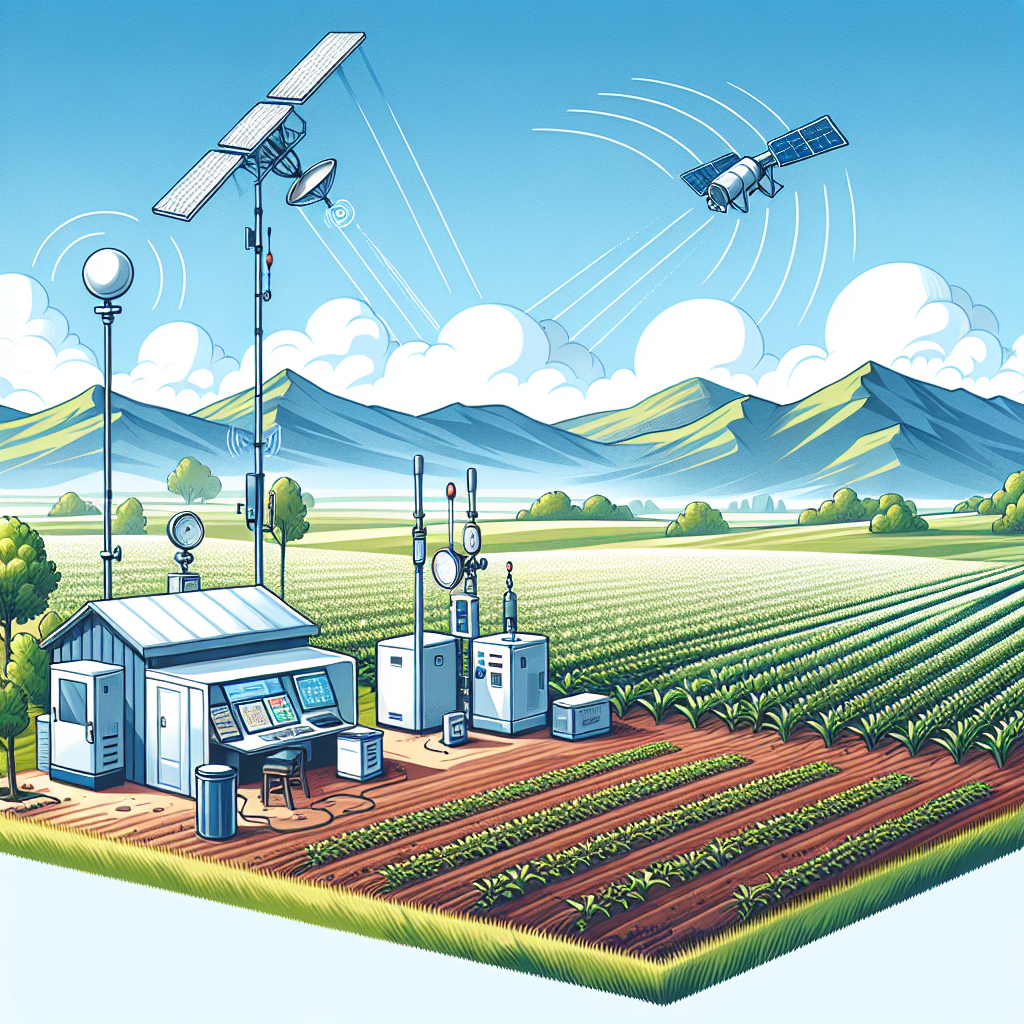Your cart is currently empty!
Exploring the Potential of Remote Monitoring in Agriculture

Remote monitoring in agriculture is revolutionizing the way farmers manage their crops and livestock. By utilizing technology such as drones, satellites, and sensors, farmers can gather real-time data on their fields and animals, allowing them to make more informed decisions and increase efficiency.
One of the key advantages of remote monitoring in agriculture is the ability to detect and address issues early on. For example, sensors can be placed in fields to monitor soil moisture levels, allowing farmers to adjust irrigation practices as needed. This can help prevent overwatering or underwatering, leading to healthier crops and higher yields.
Similarly, drones can be used to monitor crop health from above, identifying areas of stress or disease that may not be visible from the ground. This early detection allows farmers to take action quickly, whether it be applying pesticides or adjusting fertilizer applications.
Remote monitoring also plays a crucial role in livestock management. By fitting animals with GPS trackers or sensors, farmers can track their location, behavior, and health in real-time. This can help prevent livestock theft, monitor grazing patterns, and identify sick or injured animals.
In addition to improving crop and livestock management, remote monitoring can also help farmers reduce their environmental impact. By using data to optimize inputs such as water, fertilizer, and pesticides, farmers can minimize waste and run more sustainable operations.
While the potential of remote monitoring in agriculture is vast, there are still challenges to overcome. One of the main hurdles is the cost of implementing these technologies, as well as the need for training and expertise to interpret the data collected. Additionally, there are concerns about data privacy and security, as well as potential resistance from farmers who may be hesitant to adopt new technologies.
Despite these challenges, the benefits of remote monitoring in agriculture are clear. By harnessing the power of technology, farmers can increase productivity, reduce costs, and minimize their environmental impact. As the technology continues to advance and become more accessible, we can expect to see even greater advancements in the field of precision agriculture.

Leave a Reply